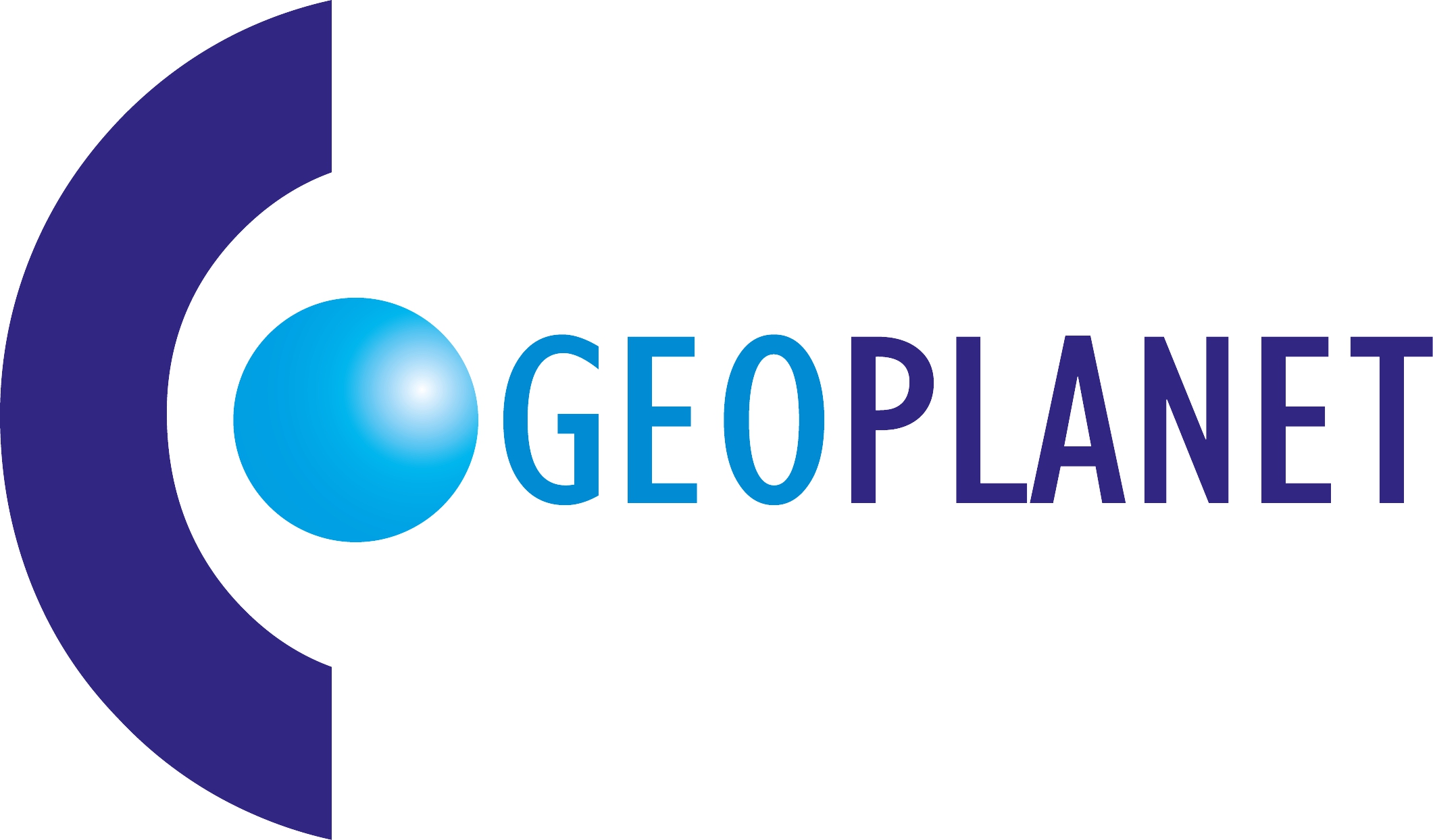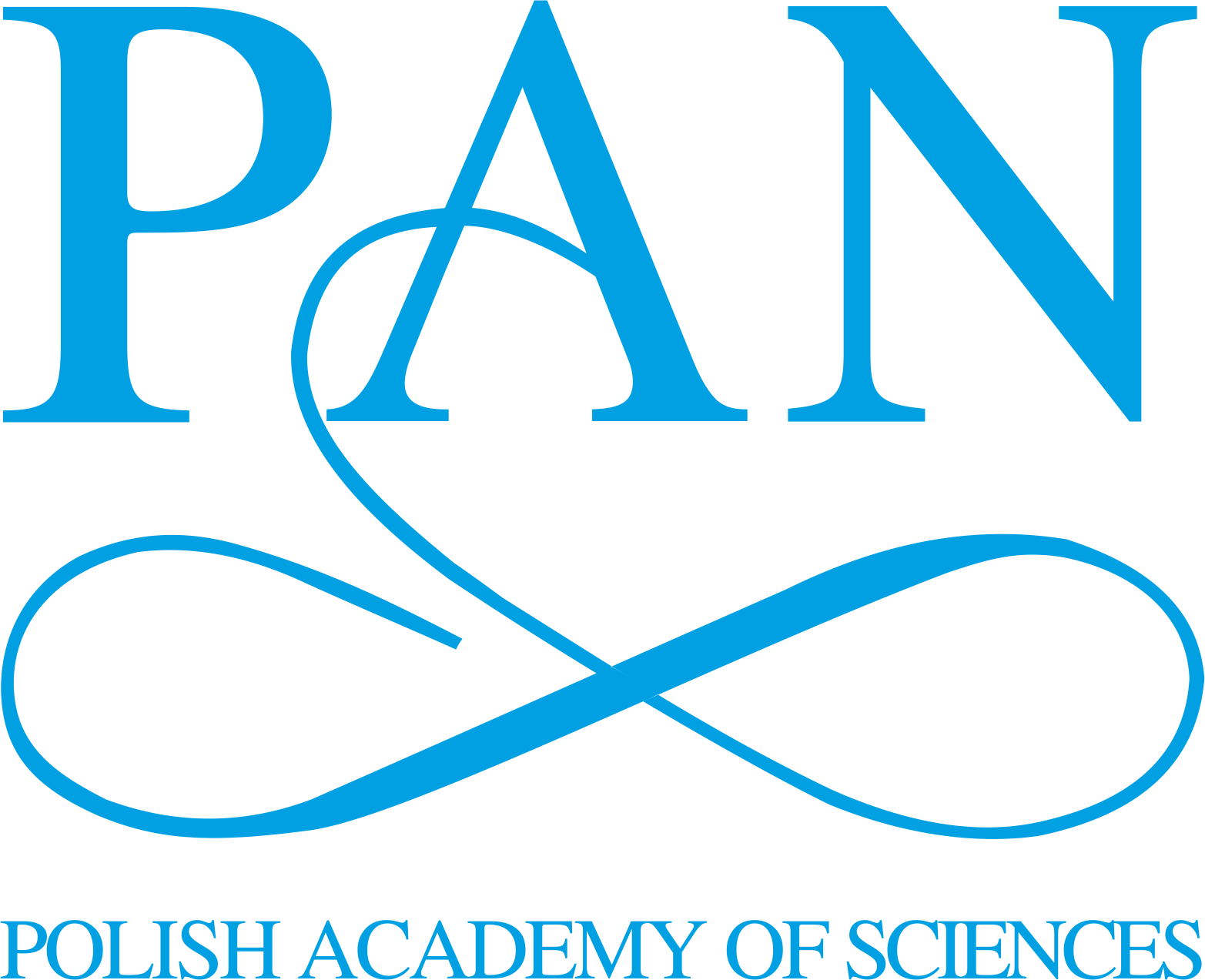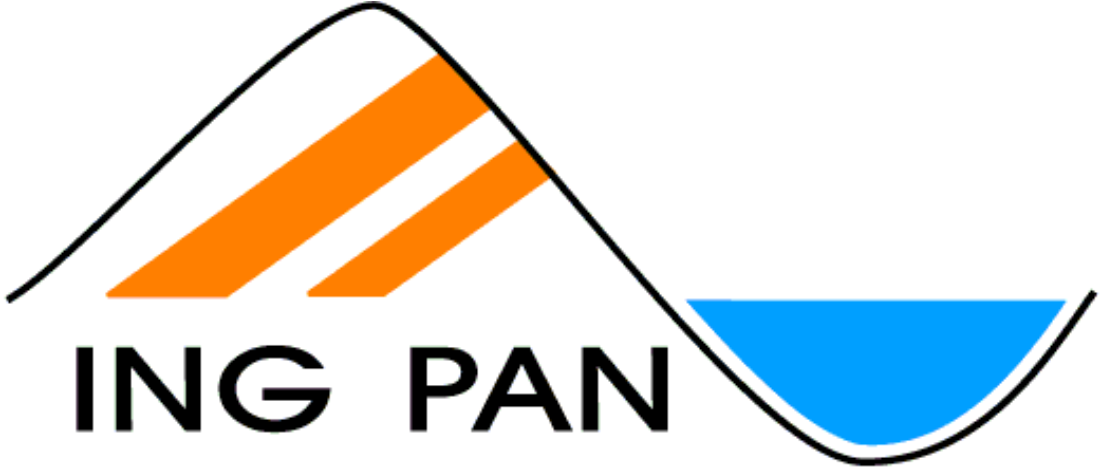SEISMIX 2018
17-22 June 2018
Novotel Cracow Centrum
Kosciuszki 5
Cracow, Poland
| Symposium: |
June 17-22, 2018 |
| Post-conference fieldtrip: |
June 22-28, 2018 |
| Early bird registration opens: |
January 2018 |
| Abstract submission opens: |
January 2018 |
| Early bird registration closes: |
1 March 2018 |
| Abstract submission closes: |
NEW DATE!
14 April 2018 |
| Late registration closes: |
30 April 2018 |
23/05/2018
Full programme of the SEISMIX2018 Symposium has just been published!
+ more
07/05/2018
Registration for a conference only "package 3" only still open!
+ more
27/04/2018
On Sunday June 17th a Seismic Processing Workshop will take place
+ more
27/03/2018
ABSTRACT SUBMISSION DEADLINE EXTENDED!!!
+ more
13/12/2017
2nd circular has just been released!
+ more
06/12/2017
Packages & prices have just been published!
+ more
06/12/2017
We have just published a post-conference field trip overview!
+ more
06/09/2017
First circular has just been released!
+ more
SEISMIX 2018 POST-CONFERENCE FIELD TRIP
AN OVERVIEW
Registration to the field trip has been closed. If you wish to participate in the tour, please write to info@seismix2018.pl.
The aim of the field trip is to visit classic geological sites illustrating a complex Paleozoic and Mesozoic tectonostratigraphic evolution of S-SE Poland – an area adjacent to the Teisseyre-Tornquist Zone, i.e. one of the most fundamental geological boundaries in Europe. Discussions on particular geological outcrops will be augmented by presentation of seismic reflection profiles, including the recently acquired industry data and deep seismic profiles of the PolandSPAN and POLCRUST surveys. An overall aim of this field trip is to provide as tight as possible integration of seismic constraints with surface geology.
Good accessibility of all the outcrops and relatively short distances between them guarantee that most of the time will be spent on discussing field geology and relevant seismic data. Semi-formal evening discussions will be also organized to allow for better understanding of the regional geological context of this very interesting area and a more detailed discussion of various seismic datasets, supplemented with the recently completed analysis of gravity and magnetic data.
The first part of the field trip will focus on the geology of the Silesian-Kraków Monocline and the Polish Jura Chain. First, we will be examining effects of the late Carboniferous–Permian wrenching and associated volcanism along the Kraków-Lubliniec Fault, located between the Upper Silesian Block (Brunovistulicum) and the Małopolska Block, the fault that is considered part of the transcontinental Hamburg – Kraków – Dobrogea strike-slip fault zone. Then, a Mesozoic history will be discussed, with a particular focus on the Upper Jurassic (Oxfordian) carbonate build-ups that presently form monadnocks of the Polish Jura Chain (fig. 1).
The next part of the field trip will take us to the Holy Cross Mountains that could be treated in many respects as a cradle of the Polish geology. There, the main theme will be Variscan (late Carboniferous) orogeny that resulted in formation of regional unconformity covered by the Permian to Cretaceous sedimentary cover of the Polish Basin (fig. 2). Variscan orogenic movements led to intense compressional deformations of the Paleozoic sedimentary cover (fig. 3, fig. 4) – features imaged on the recent high-quality seismic data acquired within the Radom-Kraśnik Block and the Lublin Basin adjacent to the Holy Cross Mountains. Finally, a tectonosedimentary effect of the Late Cretaceous inversion of the Polish Basin will be studied and discussed taking into account seismic data that imaged similar features in the SE part of this basin.
.jpg)
Fig. 4. Givetian-lower Frasnian Szydłówek Beds, tightly folded and internally sheared during the Variscan (late Carboniferous) orogeny, Mogiłki quarry, Holy Cross Mountains.
|
|

Fig. 1. Ruins of the medieval castle in Ogrodzieniec, built in XIV century on the highest hill of the Polish Jura Chain formed by the resistant Oxfordian carbonate build-up. Similar build-ups have been recently interpreted using seismic data from the nearby located Nida Trough.
.jpg)
Fig. 2. Variscan unconformity – inclined Middle Devonian carbonates of the Wojciechowice Fm. unconformably overlain by Permian/Triassic red beds (Zachełmie quary, Holy Cross Mountains)
.jpg)
Fig. 3. Variscan (late Carboniferous) folds developed within the Frasnian Kostomłoty Beds represented by well bedded limestones, the Jan Czarnocki Natural Reserve, Ślichowice quarry, Kielce, Holy Cross Mountains (cf. https://simple.wikipedia.org/wiki/Fold_(geology))
|
Field trip will also provide a glimpse into the fascinating medieval history of this part of Poland, and into the development of geology and geological cartography in XVIII – XIX century.
PRELIMINARY ITINERARY
The field excursion will depart from Kraków on Friday (June 22). Two first days (June 23-24) will be spent in beautiful surroundings of the Polish Jura Chain. Then, on June 25, will move to the Holy Cross Mountains where we will spend next two days (June 26-27). On June 28 party will continue to Warsaw from where convenient flight and train connections are available to various parts of Europe and the rest of the world.
PRICES & REGISTRATION
Post-conference field trip fee IS NOT INCLUDED in the conference registration fee. The prices for a whole tour are as follows:
Post-conference field trip fee: 4110,00 PLN*
Accompanying person post-conference field trip fee: 4110,00 PLN*
*Price per person including all taxes
Honorary Patronage
|
  |
Sponsors
|
 
  |
Organisers
|
   |


.jpg)